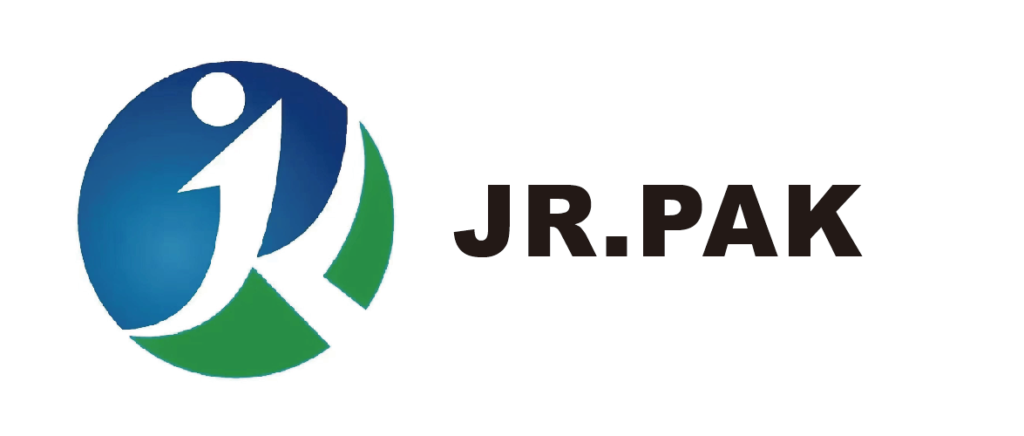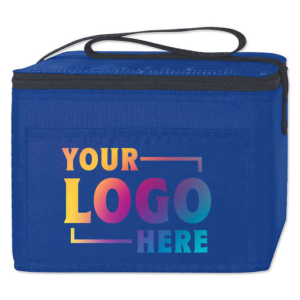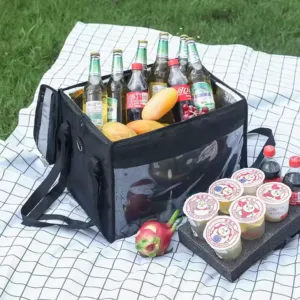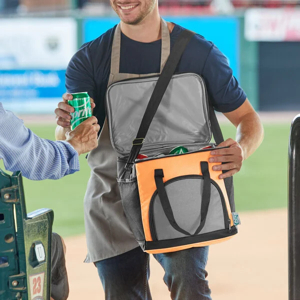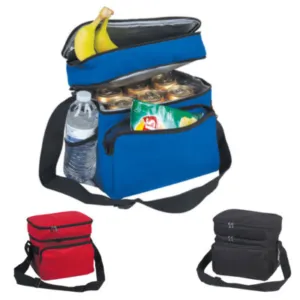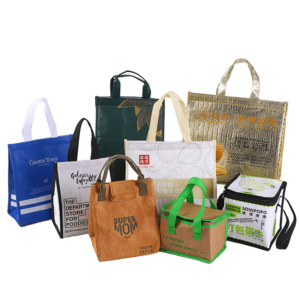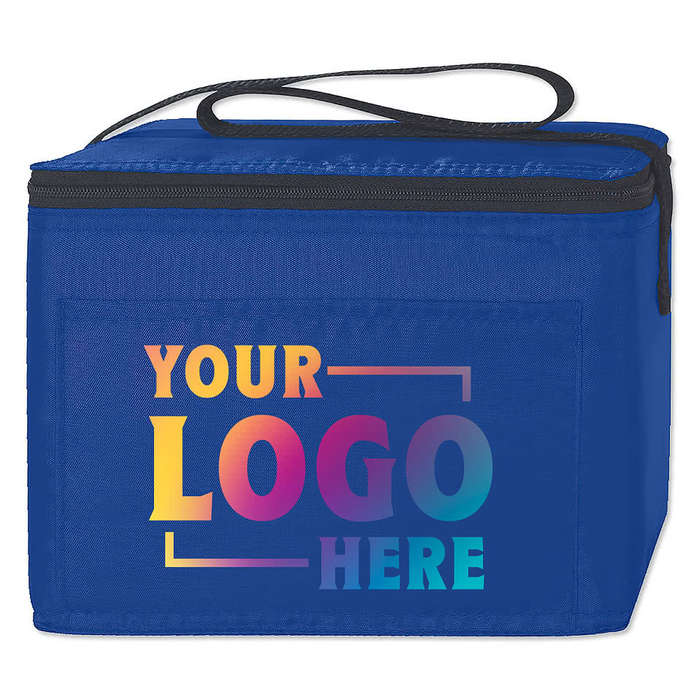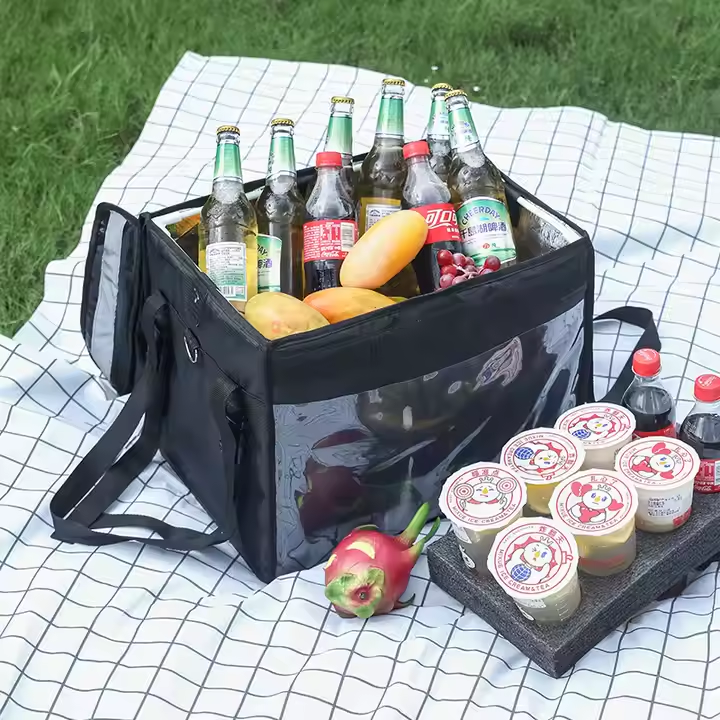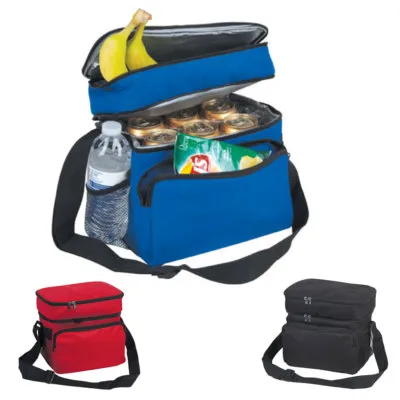Plastic packaging bags have become an integral part of modern packaging, offering versatility, durability, and cost-effectiveness for a wide range of products. The three most common types of plastic materials used for packaging bags are PE (Polyethylene), PP (Polypropylene), and PVC (Polyvinyl Chloride). Each of these materials has distinct properties that make them suitable for different packaging needs. In this article, we will explore the characteristics, uses, advantages, and differences between PE, PP, and PVC packaging bags.
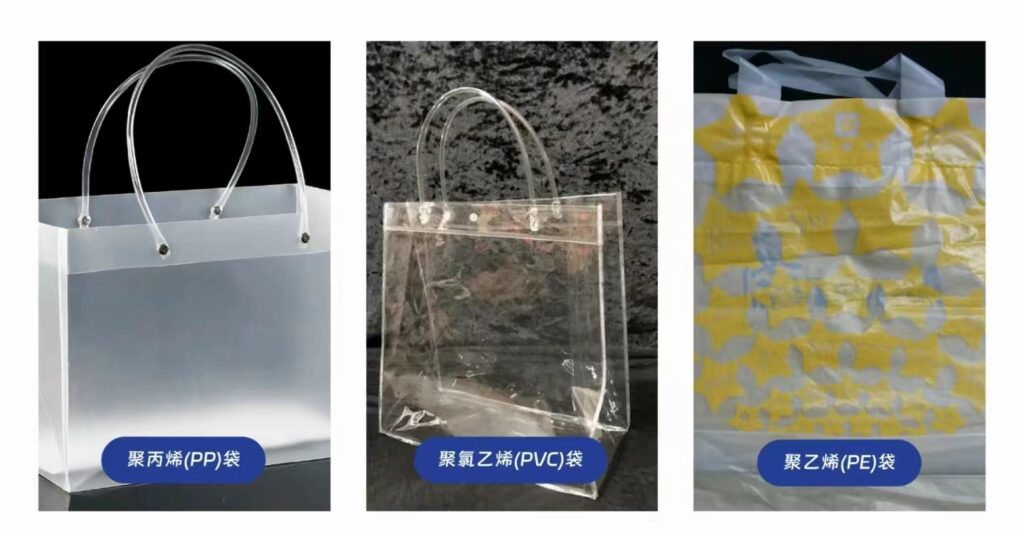
1. PE (Polyethylene) Packaging Bags
Characteristics
Polyethylene is the most widely used plastic material for packaging bags. It is known for its flexibility, lightweight nature, and resistance to moisture. PE can be produced in different forms, including Low-Density Polyethylene (LDPE) and High-Density Polyethylene (HDPE).
- LDPE Bags: These are soft, flexible, and transparent, making them ideal for lightweight packaging. They are commonly used for items like grocery bags, bread packaging, and shrink wrap.
- HDPE Bags: These are stronger, more rigid, and have a matte finish. HDPE is often used for heavier items such as garbage bags, carrier bags, and industrial liners.
Uses
- Food packaging (bread, fruits, vegetables)
- Shopping bags
- Garbage bags
- Shrink wrapping and protective films
- Industrial packaging
Advantages
- Waterproof: PE is naturally water-resistant, protecting the contents from moisture.
- Chemical Resistance: PE packaging bags are resistant to many chemicals, making them suitable for industrial applications.
- Recyclable: PE is one of the most commonly recycled plastics, making it a more eco-friendly choice compared to some other materials.
- Cost-effective: The low cost of production makes PE bags affordable and widely available.
2. PP (Polypropylene) Packaging Bags
Characteristics
Polypropylene (PP) is another popular material for packaging bags, known for its strength, transparency, and heat resistance. PP has a higher melting point than PE, which makes it more suitable for applications where heat exposure is a concern.
- Strength: PP is stronger than PE, offering excellent durability for packaging heavy items.
- Transparency: PP bags are often clearer than PE bags, allowing for better product visibility.
- Barrier Properties: PP provides better protection against moisture and oxygen, making it ideal for food packaging.
Uses
- Food packaging (snack foods, biscuits, pasta)
- Medical packaging (sterilizable packaging for instruments)
- Stationery and office supplies
- Reusable shopping bags
- Textiles and garment packaging
Advantages
- Higher Strength: PP packaging bags are more durable and less prone to tearing compared to PE bags.
- Heat Resistance: The higher melting point of PP makes it suitable for products that need to be heat-sealed or exposed to high temperatures.
- Lightweight: PP is lighter than many other plastics, reducing transportation costs and making it more energy-efficient.
- Clarity: PP bags have excellent clarity, enhancing product visibility and making them popular for retail packaging.
3. PVC (Polyvinyl Chloride) Packaging Bags
Characteristics
Polyvinyl chloride (PVC) is a versatile plastic that can be made flexible or rigid, depending on the additives used. In its flexible form, PVC is commonly used for plastic packaging bags.
- Durability: PVC is highly durable and can withstand wear and tear, making it suitable for heavy-duty applications.
- Flexibility: PVC can be made into soft and flexible packaging, which is ideal for products that require a snug fit.
- Barrier Properties: PVC provides a good barrier against oxygen and moisture, helping to preserve the freshness of products.
Uses
- Food packaging (especially in cling film form)
- Medical packaging (blister packs and blood bags)
- Cosmetic and toiletry packaging
- Electrical goods packaging (due to its insulating properties)
- Industrial and heavy-duty packaging
Advantages
- Excellent Barrier Protection: PVC offers superior protection against air, moisture, and chemicals, preserving product freshness.
- Durability: PVC is known for its strength and resistance to environmental stress, making it suitable for packaging heavy or sharp items.
- Cling Properties: In the form of cling film, PVC is ideal for food packaging, as it wraps tightly around products and maintains freshness.
- Cost-Effective: Although more expensive than PE and PP, PVC is still a cost-effective solution for packaging due to its durability and performance.
Comparing PE, PP, and PVC
| Material | Strength | Transparency | Heat Resistance | Water Resistance | Typical Uses |
|---|---|---|---|---|---|
| PE | Moderate | Moderate (LDPE), Opaque (HDPE) | Moderate | Excellent | Grocery bags, food wrap, trash bags |
| PP | High | Excellent | High | Good | Snack packaging, reusable bags, textiles |
| PVC | High | Moderate | Low to Moderate | Excellent | Cling film, medical packaging, industrial use |
Conclusion
PE, PP, and PVC are the three most commonly used plastics for packaging bags, each with unique properties and applications. PE bags are versatile and affordable, ideal for a range of uses, especially in food packaging and everyday items. PP bags offer superior strength and heat resistance, making them suitable for heavier items and food packaging that requires better clarity and protection. PVC bags are durable, provide excellent barrier protection, and are commonly used in medical, food, and industrial packaging.
The choice between PE, PP, and PVC depends on the specific packaging needs, such as the weight of the items, required durability, and exposure to moisture or heat. Understanding the differences between these materials helps businesses choose the right packaging solution for their products.
